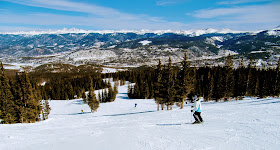July 4th was the date that the hospitality business had been waiting for. Just as on the 4th of July Americans celebrate freedom from the British Government, on this day English citizens celebrated a similar release, as lockdown rules were further eased, apart from in the city of Leicester, where a resurgence in cases to 140 per 100,000 led to a tightening of the lockdown.
Cornwall in early July had one of the country's lowest number of Coronavirus cases, just 0.7 in 100,000, and Falmouth was soon buzzing with an influx of visitors, restaurants and pubs doing a roaring trade, and it was particularly good to see the old Chain Locker in action again.
Last week we had our first visitors of the year from outside Cornwall, Prof. Richard Williams, his wife Jane and son Tim, who were on a short break from their home in Edinburgh, where Richard is Principal and Vice-Chancellor of Heriot-Watt University. Richard was the subject of one of my MEI Interviews (MEI Blog 17 August 2015), when he was then a Pro Vice Chancellor at the University of Birmingham UK.
Social distancing has gone by the board in many cases, and while walking through the busy Falmouth main street, I said "don't mind me!" to a guy who passed inches away from me, and who replied that he had come down here to get away from all that crap!
 |
| A busy Falmouth town |
And on that subject, there have been many reports of masses of waste, including human waste, being left on Cornwall's beaches, and on Perranporth beach a 14 year old boy who asked a family to take their litter away was hit over the head with a whisky bottle, and needed 11 stitches to the wound. Unbelievable behaviour!
At the end of the month infection rates in Cornwall had risen to 4 in 100,000, only just below that of 5 for England as a whole, and tightened restrictions were imposed in the north of England due to a resurgence in cases. Let's hope that the great leap forward was not a leap too soon.
 |
| Swanpool beach, Falmouth, July 30th |
















































